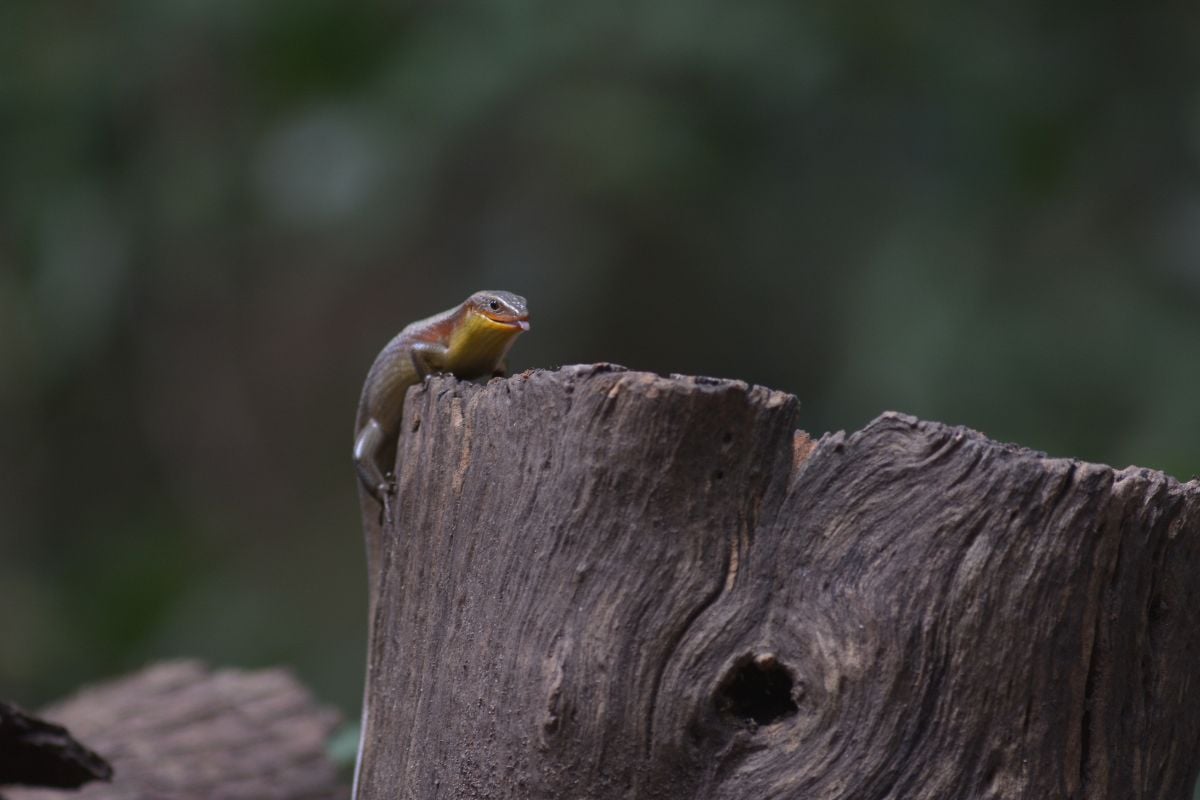 One key to red worms’ reputation as superb composting worms is their ability to reproduce. A composting bin stocked with a couple of pounds of red worms can go a very long time without needing more worms added. If the worms are properly fed and cared for, they will make baby worms. What is the red worm’s reproductive cycle? Under what conditions will red worms reproduce?
One key to red worms’ reputation as superb composting worms is their ability to reproduce. A composting bin stocked with a couple of pounds of red worms can go a very long time without needing more worms added. If the worms are properly fed and cared for, they will make baby worms. What is the red worm’s reproductive cycle? Under what conditions will red worms reproduce?
Red Worm Reproduction
Red worms are hermaphrodites. They have reproductive organs that are both male and female. However, red worms cannot reproduce on their own. Jellyfish, flatworms, sea anemones, certain types of sharks, boa constrictors, certain insects, some rare reptiles, and chickens and turkeys are capable of reproduction without a mate. Worms need other worms to make babies.
Maybe you have noticed that some red worms have a ring around their bodies. This is a bulbous gland called the clitellum and it contains the reproductive organs. When they are ready to reproduce, the clitellum becomes visible and turns orange.
During the mating process, the worms join together. They secrete mucus from the gland, creating a ring of mucus around them. A few hours later, the worms separate.
Having exchanged genetic material with the other worm, each worm lays eggs in a cocoon that is wrapped around their body. Then, it wiggles out of the cocoon, sealing it. The cocoon is laid near the surface of the bedding. The oval-shaped cocoon hardens, keeping the eggs inside safe. The cocoon is quite hardy and can last up to a year in a wide range of temperatures — even freezing — and various moisture levels.
When the conditions are right, the cocoons hatch — usually in two to three weeks. Tiny baby worms emerge. There are at least three baby worms per cocoon. They are ready to start eating organic material.
At the age of two to three months, these new worms are old enough to reproduce. Then, the worm reproductive cycle is complete.
Mature worms can produce two cocoons per week under ideal conditions. In theory, their population can double every three months. However, in the confines of the composting bin, the worm population will balance itself. If you see worms attempting to escape en masse, see our article, “Why are my composting worms trying to escape?”
Keeping Your Worms Happy and Breeding
Bigger worms make babies more often. Follow the instructions on Uncle Jim’s Worm Farm’s website to keep your worms healthy. Checklist:
- Order a tray-based composter from Uncle Jim’s Worm Farm, make your own composter (tote | pallet), or buy one from a local store.
- Order a sack of Red Worms from Uncle Jim’s Worm Farm.
- Ensure proper drainage. Moisture levels should be both not too wet and not too dry. Bedding should have the consistency of a wrung-out sponge.
- Feed every 3 – 4 days, or whenever they have started to break down the last feeding. (How to feed composting worms)
- Don’t feed them oily or highly acidic foods. Avoid meat and dairy products.
- If the temperature is very cold, worm activity will slow or stop. The worms might die, but hopefully there will be cocoons that hatch in the spring. If not, order more red worms. Or move them to a warmer spot before it gets cold. (Winter composting)
Throughout their lifetime, red worms are voracious eaters. Even hatchlings are ready to start munching on kitchen scraps and unwanted vegetation. They turn this waste into a nutrient-rich organic fertilizer. The resulting fertilizer, called humus, is perfect for gardening. Just add it to potting soil, dig it into the earth, or spray on some worm tea.
At Uncle Jim’s Worm Farm, we strive to provide the best-quality red composting worms, as well as Super Reds for composting or for releasing into your garden or yard. We also have plenty of worm information in our blog. Additionally, we carry a selection of excellent indoor composters and our own worm kits. Folks who want to skip the composting process can purchase Uncle Jim’s organic fertilizer, which goes straight into your garden or potted plants. Our farm also produces meal worms for pet food, fishing and science projects.









5 thoughts on “Reproductive Cycle of a Composting Red Worm?”
I own an mesquite orchard,one of the only ones in the world,we produce large amounts of leaf litter,and pods used to make a very nutritious flour,my question is in he field they decompost very rapidly during the composting process the pods and leaves become covered with a white hairy fungus,do think it is okay to feed my worms and meal worms?
Yes it won’t hurt them at all though they might enjoy the taste even better with a slight amount of pre-composting.
From my experience these creatures are willing to eat anything, in they can find a means to work it down into bite sized chunks!
What do young worms look like?l I have many 1 inch long (hairy) crawling insect in my compost. Are they worms? Could you send me a picture of a immature. Worm?
No.those are certainly not red wigglers!
Baby worms look just like adult/mature worms, just a lot smaller. If they are hairy, they are not worms.